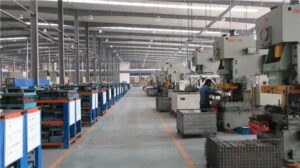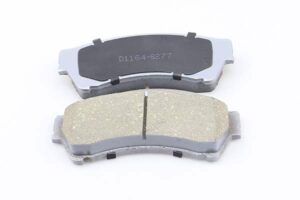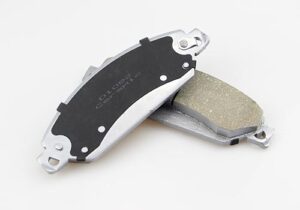These brake pads generate friction when the driver presses the brake pedal, allowing the vehicle to stop effectively. The metallic components enhance braking efficiency, particularly under heavy use or high temperatures. If your customers frequently drive in demanding conditions, low metallic pads can be an excellent choice.
Enhanced Braking Performance: Low metallic brake pads deliver superior stopping power, making them ideal for various driving situations, from city commuting to highway driving.
Excellent Heat Dissipation: These pads dissipate heat effectively, minimizing the risk of brake fade during intense braking. Drivers who tow or carry heavy loads will especially appreciate this feature.
Longevity and Durability: With a longer lifespan compared to organic options, low metallic pads reduce replacement frequency, providing convenience for drivers and cost savings for distributors.
Affordability: They often come at a competitive price point, making them a cost-effective choice for many vehicle owners.
While low metallic pads have numerous advantages, there are a few downsides to consider:
Increased Noise Levels: Low metallic brake pads can be noisier than ceramic pads, which might be a concern for drivers seeking a quieter ride.
Brake Dust Production: These pads tend to generate more brake dust, which can lead to a messier wheel appearance. This factor is important to discuss with your clients.
It’s crucial to differentiate low metallic from semi-metallic pads. Semi-metallic pads contain a higher percentage of metal, offering even greater performance but often at the expense of noise and dust. Depending on your customers’ preferences and driving habits, low metallic pads might strike the right balance between performance and comfort.





